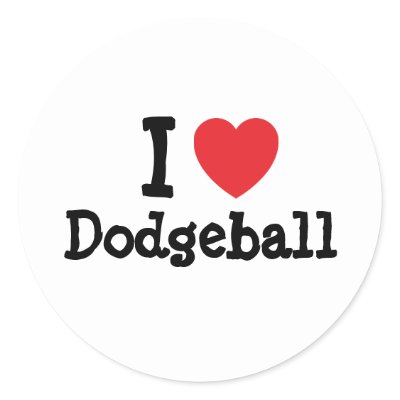When I was in high school and even middle school we played the very traditional way of dodgeball, the class splits up into two teams, if your hit then your out, and out means sitting along the wall. Although I did enjoy the game, I highly agree with the hall of shame and others who say it leaves students out and they aren't getting as much physical fitness as they could if they played another game.
It will soon be my turn as a physical educator to make this decision whether to allow these games such as dodgeball to be taught and played in my classroom. If someone asked me right now for my answer I would say yes, to allow dodgeball to be played. BUT it certainly wouldn't be the traditional way of dodgeball that I was taught along with many others. If I was to teach "dodgeball" in my classroom I would modify it so if you got out, you had to do twenty jumping jacks, or go receive balls for your players, anything to keep them active while being out. Another thing that I know I personally didn't enjoy during dodgeball was the balls that we used, which were kickball's. In my classroom every ball would be the foam small balls, that no matter how hard you throw it, it wont hurt their classmates. I would also make an additional rule that if the ball hits the ground, you are allowed one bounce and if you catch it one of your teammates who are out can come back in, this way it keeps the game upbeat and gets good interaction between students, and less time to be out of the game as well. Another solution would be to simply give the students a choice of what they wanted to do, if you didn't want to play dodgeball, offer to go in the weight room (if you have access) or even go out on the track and run or walk. This way students wont feel pressured to play if they don't want and leaves them options.
Some people who oppose the use of dodgeball in the classroom say that it is dangerous and doesn't serve any purpose to the students. Not only does dodgeball teach good leadership and teamwork, it also has great motor development skills like catching, throwing, hand eye coordination. Dodgeball also makes you very aware of your surroundings which is not only something that will help them in games or in a physical aspect, but sometime they can carry in many different aspects intheir life. No matter what game you play in class, there will always be a risk of danger, it isn't fair to take away this one game while leaving others as an option. It is our jobs as teachers to minimize these risks and to make sure our students have the best possible experience in any game or lesson we are presenting.
